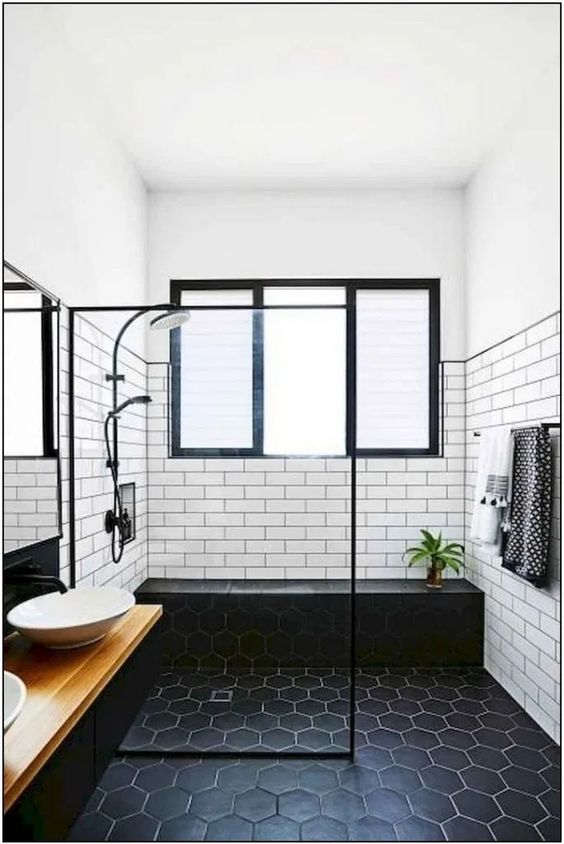We’ve all been there, haven’t we? We stare at a room in our house and imagine all the exciting ways we could transform it. But with the right tools, turning those dreams into reality is easier. That’s where 3D home design software comes in!
This powerful tool has revolutionized the world of DIY home design. It’s like having a professional architect right at our fingertips!
With just a few clicks, we can create detailed, realistic models of our home and experiment with different design ideas. It’s truly a game-changer for us DIY enthusiasts.

Enhancing Visualization Capabilities
Realistic Rendering of Spaces
Here’s something incredible about 3D design software’s ability to produce realistic renderings. Remember those traditional 2D layouts that left us guessing about the final look of our design?
Modern software wipes away those uncertainties. It gives us the gift of lifelike 3D images. From the color of the walls, textures of materials, and intensity of lighting, every minute detail can be controlled and visualized.
Is it deciding a design aspect? Just view it in the render. All confusion cleared with one realistic rendering.
Virtual Walkthroughs
Another terrific feature software can offer is Virtual Walkthroughs. Giving the feeling of actually walking through a yet-to-be-built space, virtual walkthroughs provide us with an immersive experience.
Have you ever asked yourselves how that open kitchen concept would feel? Try out a virtual walkthrough.
This innovative tool lets architects and home designers explore virtual spaces, understand spatial relationships, identify design flaws, and modify plans before construction starts.
Are you regretting design choices later? Less likely with virtual walkthroughs.
Streamlining the Design Process
Let’s explore how 3D home design software can simplify the design process. This software provides features that allow easy modifications and iterations and integrated libraries of materials and furnishings.
Let’s dive deeper into these key areas.
Easy Modifications and Iterations
3D home design software packs a powerful punch when experimenting with designs. Users gain significant flexibility to play around with ideas – changing colors, materials, and layouts becomes simple—no more drawing and erasing on paper or rushing back to the drawing board.
Instead, easy alterations are just a click away. This saves time, reduces manual labor, and speeds up the process tremendously.
Additionally, imagine instantly viewing various design iterations side by side. Direct comparisons like this enable users to visualize different options better, leading to informed, confident decisions.
Remember, with such software, revisions are no longer a burden but a tool for perfection.
Integrated Libraries of Materials and Furnishings
The next thing we love about 3D home design software is giant libraries of materials and furnishings. Users find various options within this database, from classic to modern design elements.
Picture this: you’re designing your living room and want to pick a sofa. Rather than trying to sketch or imagine what might look good, you explore an extensive library filled with different sofas in various styles, colors, and fabrics.
Also, let’s remember the materials. Want to see how birch wood looks compared to oak or how granite fares against quartz? All of these options are at your fingertips.
The ability to explore and specify kinds of materials helps users visualize the final product in a far more realistic way.
With 3D home design software tools, we can experiment, visualize, and refine designs in a stress-free and enjoyable manner.
Facilitating Better Planning and Decision Making
Stepping into the 3D home design software world, we encounter tools and features that bolster planning efforts.
Let’s delve deeper into two crucial pillars in this context: Accurate Space Planning and Measurement Tools and Lighting and Color Simulation.
Accurate Space Planning and Measurement Tools
Undoubtedly, proper measurements underpin any home design endeavor. 3D design software’s measurement tools save us with accurate readings and space planning.
These technologies make room dimension manipulation faster than before. We can customize the blueprint by clicking to increase or decrease room sizes. We can create a huge living room or intimate study place in minutes.
Users have many form possibilities to suit architectural needs or personal preferences. We can add variations from a square, rectangular, or irregular polygonal room menu.
Area calculators in updated design tools ensure accuracy and ease on one platform.
For example, consider two room types:
| Room Type | Width (ft) | Length (ft) |
| Living Room | 20 | 12 |
| Study Room | 8 | 10 |
Area calculators can quickly compute the areas of a living room and study room to assist in planning.
Lighting and Color Simulation
We picture our ideal space more vividly using 3D design software lighting and color simulation tools.
An integrated palette helps users sample several colors to find the right one. Once chosen, we may apply a color or pattern to walls, furniture, or other design elements for fast effects and adjustments.
It is also simple to change lighting to compare natural and artificial light in different spaces. By positioning light sources, we discover how light affects our designs and optimize window, door, and artificial light placement.
We can observe how our design choices look in daylight and evening. A complete experience with clock settings to manage the time of day and light intensity sliders shows the potential of 3D house design software.
Cost Savings and Budget Management
In exploring 3D home design software, another attractive advantage is cost savings and budget management.
How does this software contribute to saving bucks and managing the budget? Let’s dive deep into the details.
Avoiding Costly Design Mistakes
Firstly, utilizing 3D home design software can prevent costly design errors. With precise measurements and visualization features, users can design spaces flawlessly and tweak designs virtually before beginning physical work.
Imagine purchasing an expensive couch only to find it too large for the room or clashing with the color palette—such situations can be avoided!
With 3D software, you can make purchases confidently, knowing they fit perfectly into the planned design, ensuring affordability and preventing unnecessary expenditures.
DIY Project Management
Secondly, 3D design software can be used as a project manager for DIY home design projects. The reason? This software delivers an overview of the whole project through the design rendering, enabling users to :
- Organize their plans efficiently.
- Estimate time frames
- Layout tasks sequentially
- Procure necessary resources
- Keep up with allocated budgets.
3D software helps users manage projects efficiently, reducing cost and time overruns. It sets realistic expectations and streamlines design plans, resulting in well-managed, inexpensive, and spectacular home makeovers.
Interesting Fact: Homelight reports that design software can save homeowners 5% to 15% on construction costs when handling DIY home transformation projects.
Conclusion
So we’ve seen how 3D home design software truly empowers us DIY home designers. It’s not just about creating beautiful designs but also managing our projects more efficiently. It keeps our expectations realistic and our budget in check.
We can avoid costly design mistakes with precise measurements and visualization tools. It’s like having our project manager right at our fingertips.
And let’s remember the savings! Who wouldn’t love to save 5% to 15% on construction costs?
Overall, 3D home design software is a game-changer for us DIY enthusiasts. Here’s to affordable and smoother home transformations!






